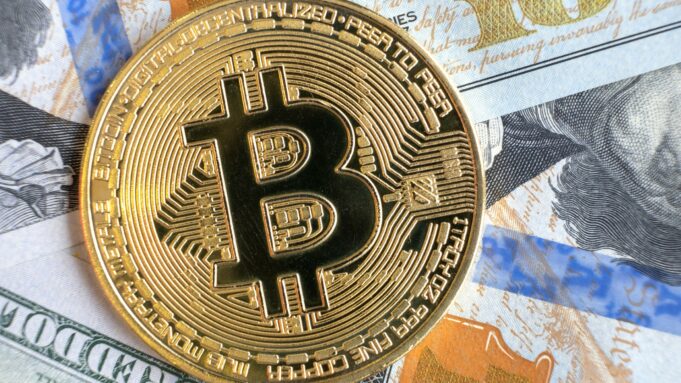Bitcoin mining has become one of the most popular topics in the world of cryptocurrency. It is the process through which new bitcoins are created and transactions are verified on the blockchain network. The process of mining is crucial to the functioning of the entire bitcoin network. But when did it all start?
In the early days of bitcoin, mining was a relatively simple process that could be done using a personal computer. The first block, also known as the genesis block, was mined by Satoshi Nakamoto, the creator of bitcoin, on January 3, 2009. This block contained a reward of 50 bitcoins, which at the time was worth very little.
Mining in the early days was done using CPUs, or central processing units, which are found in most personal computers. However, as more and more people started mining, the difficulty of mining increased, and CPUs were no longer sufficient to mine bitcoins. This led to the development of mining software that could use GPUs, or graphics processing units, which are much more powerful than CPUs.
In 2010, the first bitcoin mining pool was created by a group of miners who wanted to increase their chances of finding a block and earning the reward. A mining pool is a group of miners who combine their computing power to mine bitcoins together. This increases their chances of finding a block, and the reward is split among the members of the pool according to their contributions.
In 2011, the first ASIC, or application-specific integrated circuit, was created for bitcoin mining. ASICs are specialized hardware that are designed specifically for mining cryptocurrencies. They are much more powerful than GPUs and CPUs and are capable of mining bitcoins at a much faster rate. This led to a significant increase in the hash rate, or the processing power of the bitcoin network.
As more and more people started mining, the difficulty of mining continued to increase. This led to the development of mining farms, which are large-scale operations that use thousands of ASICs to mine bitcoins. These farms are located in areas with cheap electricity and low temperatures to keep the ASICs cool.
Today, mining is a highly competitive industry, with miners from all over the world competing to find blocks and earn the reward. The difficulty of mining has increased so much that it is no longer profitable for individuals to mine bitcoins using their personal computers or even GPUs. Instead, mining has become a professional industry, with large mining farms and mining pools dominating the market.
In recent years, there has been a lot of debate about the environmental impact of bitcoin mining. The process of mining requires a lot of electricity, and as more and more miners enter the market, the demand for electricity increases. This has led to concerns about the carbon footprint of bitcoin mining and its impact on the environment.
In response to these concerns, some miners have started using renewable energy sources, such as solar or wind power, to power their mining operations. Others have started using more energy-efficient hardware, such as ASICs that consume less power than older models.
In conclusion, bitcoin mining started in 2009 with the creation of the first block by Satoshi Nakamoto. In the early days, mining was a simple process that could be done using personal computers. However, as more and more people started mining, the difficulty of mining increased, and specialized hardware, such as GPUs and ASICs, were developed. Today, mining is a highly competitive industry dominated by large mining farms and pools. While concerns about the environmental impact of mining remain, some miners are taking steps to reduce their carbon footprint by using renewable energy sources or more energy-efficient hardware.

























